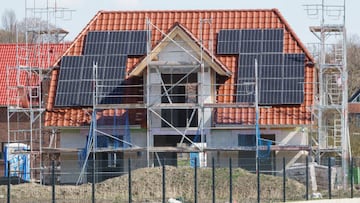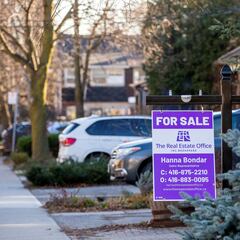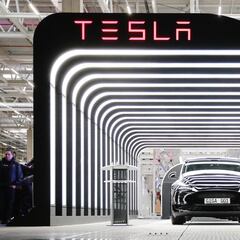Mortgage interest rises 5%. What is this rise due to and how does it affect buyers?
Prices of houses have been increasing throughout the pandemic and the recent changes to interest rates are pushing up the price of mortgages.


The US leaving the grip of the covid-19 pandemic was supposed to herald an exciting future, free of the shackles of lockdowns, business closures and record unemployment. However, the current situation is far from that. Inflation is spiking at levels not seen in 50 years, and it is not expected to slow down anytime soon.
In reaction, the Federal Reserve raised interest rates for the first time in two years in a bid to curtail the rise in prices. While its effect on inflation may not be felt for another year, the interest rate rise is already being felt by those who are trying to borrow money. Namely, prospective homeowners.
About 1/4 of renters in the US spent 50% or more of their income on housing in 2020. That’s bad. pic.twitter.com/RPGuzJYs4k
— Left Flank Veterans (@LeftFlankVets) April 10, 2022
Interest rates rose from 2.67 percent to 5.08 percent in recent weeks. What this means in real terms is the median average price of a home in the US has risen from $309,200 to $357,300 in just 14 months. For a nation with stagnant wages since the 2008 financial crisis, houses are becoming more and more unattainable.
How does this affect homebuyers?
The near doubling of mortgage rates means a house worth the median average of $357,300 with a 10 percent deposit will be paying a monthly payment of $1,742, up from $1,124 before the interest rate rise. This is a 55 percent increase, making it totally unaffordable for some.
Speaking to US news agency NPR, Nick Cacciatore was not happy with the increased interest rates.
“It added like $700 a month in monthly payments,” he says. “I mean, a ridiculous amount just from the interest rates.” And that doesn’t even factor in the big gain in prices over the past year as he’s been trying to buy a home.
Related stories
Forbes reported last year that the US was experiencing a huge deficit in new-build homes. The National Association of Realtors produced a report arguing that the US has been underbuilding the appropriate number of new homes by hundreds of thousands. It would take millions more to be built every year for there to be enough homes in the US, but this is simply not happening.
There are 28 empty homes for every homeless person in the US. We need:
— Rebecca Parson for Congress, WA-06 (@RebeccaforWA) April 3, 2022
-vacancy tax
-national rent control
-more public housing
-anti-gentrification community land trusts
-de-commodification of housing
-a GUARANTEED HOME FOR ALL
pic.twitter.com/UE53oRseSs
Coupled with this lack of building, millions of homes sit empty in the US. Another report tells of 15.2 million vacant housing units in the US in the third quarter of 2021. Having these open to prospective buyers would allevaite some of the pricing problems felt by many.

